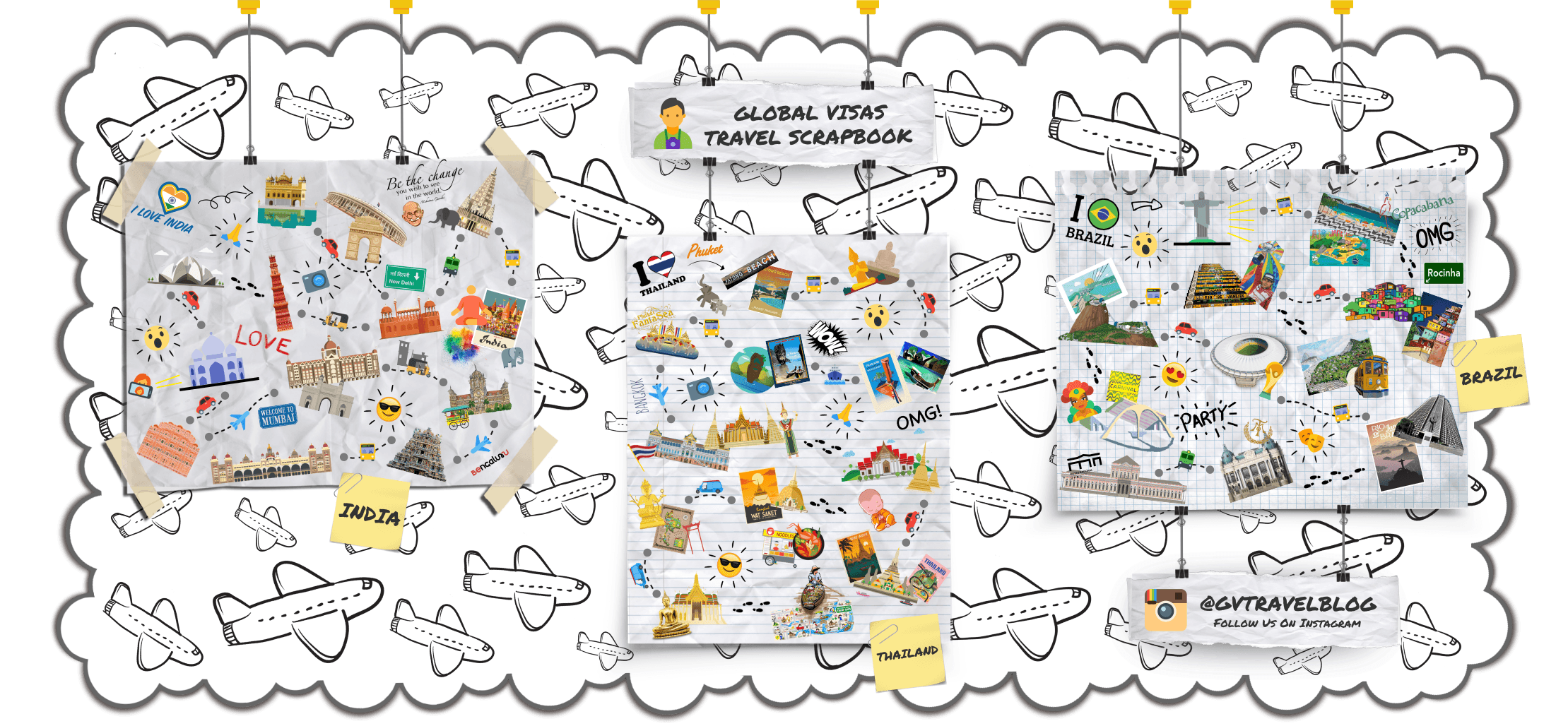BY PLANE:
Because of the distances involved and the conditions of the roads in some remote locales (or lack of) it may be better to fly, which most people do, especially in traveling between Lima and Cuzco. To some places such as Iquitos flying is the only way possible due to the lack of roads and limited number (or the lack) of river boats plying the waters to get there. The following airlines offer domestic service within Peru:
- Avianca Peru (formerly Taca Peru). The other major carrier offering both domestic and international services to other parts of South America. International flights to/from North America typically connect through El Salvador, Colombia or Costa Rica and to/from Europe via Avianca Colombia.
- Latam (LAN Peru), (Miraflores Sales office) Av. José Pardo 513-Miraflores; +51 1 213-8200. Closest thing to a ‘national legacy’ carrier with domestic and international services to other parts of South America and beyond.
The following are smaller carriers that operate mainly within Peru:
- Movil Air, +51 1 716-8000. Flies mainly between the northern cities of Chachapoyas, Chiclayo, Iquitos, Tarapoto and Trujillo in smaller turboprop aircraft. Plans are underway to include additional destinations. Affiliate of Movil Tours bus lines.
- Sky Airlines (Peru).
- Star Peru, +51 1 705-9000.
- Viva Air Perú, +51 1 705-0107 (Lima Call Center), toll-free: 080078200. An affiliate of Viva Colombia to operate domestic flights within Perú and to additional cities in Colombia from Lima. At times they offer ridiculously low prices if you are flexible on your travel plans.
- Wayaperu, +51 1 222-3999. Flights only to Huanuco from Lima. Plans are underway to include Chachapoyas and other cities.
Most of the airlines operate on a hub-and-spoke system via Lima rather than point-to-point. So to get from one city such as Iquitos to Cusco, you may fly to Lima to change planes, even if Lima is in a different direction between the cities you are travelling to and from. Furthermore, the ticketing systems may not offer through ticketing so you may have to book two separate tickets to get to where you’re going. For example, if you want to travel from Iquitos to Cusco there may be no tickets available at anytime. But, if you book one ticket to Lima and another to Cusco with the same or different airline more options become available. Just be sure to allow yourself enough time (at least 2 hr) between arrival from Iquitos and departure to Cusco, especially if travelling on two different airlines to avoid missing flights. Some airlines also offer direct flights without flying through Lima such as between Arequipa and Cusco.
Take care when using online flight pricing systems as some prices shown might have the qualification “For residents only”. These flights can still be used by non-residents but the ticket prices are higher.
BY BUS:
Some main roads, especially along the coastal strip, are paved, but there are still a lot of dirt roads in very poor condition. In the rainy season, landslides may block even major roads.
Inter-city travel is mostly by bus, and some cities have train connections. In contrast to colectivos, buses, and of course trains, start from fixed points, either a central bus terminal (referred to as Terminal Terrestre or Terrapuerto) or the bus companies have their own terminals in different locations. It is a good idea to buy your ticket one day in advance so that you can be relatively sure of finding a seat. If you come directly before the bus leaves, you risk finding that there are no more seats available. In most bus terminals you need to buy a separate departure tax of S/1-1.5.
If you are taller than 1.80m/5 ft 11 in, you will most likely be uncomfortable on the ride since the seats are much tighter than in Europe or some parts of North America. In this case, you can try to get the middle seat in the rear, but on dirt roads the rear swings heavily. In older buses, the seats in the first row are the best, but many buses have a driver cabin separated from the rest of the bus so that you look an a dark screen or a curtain rather than out the front windshield. In older buses, you can get one or two seats beside the driver, which gives you a good view of the passing landscape.
First-class express buses, complete with video, checked luggage and even meal service, travel between major cities, but remember to bring ear plugs as the video on these buses may be played extra-loud for the majority of the trip. You may need to present a passport to purchase a ticket.
Make sure that your luggage is rainproof since it is often transported on the roof of the bus when travelling in the Andes.
Avoid bus companies that allow travellers to get into the bus from alongside the road, outside the official stations. They are normally badly managed and can be dangerous, due both to unsafe driving practices and/or to highway robberies, which are unfortunately not uncommon. This should be heeded especially by female travellers going on their own or anybody traveling overnight. There are many shoddy bus services in Peru, and it’s best to go with one of the major companies such as Cruz del Sur, Oltursa or others. Get information at the hotel, hostel or tourist information booth before catching a ride. The following are the major bus companies traveling around through much of the country, that are more reliable (addresses given are their Lima terminal in/around San Isidro and La Victoria):
- Peru Hop, Lima Office: Centro Comercial “Torre Larco” Av. Larco 812 Oficina 206. Miraflores Lima, +51 1 2422140, info@peruhop.com. 09:30-19:00. Peru Hop is a hop-on, hop-off bus tour. Peru Hop allow you to stop along the way from Lima to Cusco at Paracas, Huacachina, Nazca, Arequipa, and Puno. Other stops at interesting places are included, and optional tours are available. Pick-up from and drop-off at your hostel or hotel, and discounts at many hostels and hotels are provided. Buses generally run daily, allowing you to spend as much or little time at each stop as you want. Lima-Cusco costs US$179-199, and Cusco-La Paz costs US$59. Other passes along this route are available in both directions. Every bus is monitored by GPS system and offers on-board bilingual assistance on all passes. Many routes stop completely late Jan through Feb due to weather.
- Civa/Excluciva, Paseo de la República 575, La Victoria (Corner of Paseo de la República & Av 28 de Julio), +51 1 481-1111. They also have another terminal for their ‘Excluciva’ brand at Javier Prado Este #1155.
- Cromotex, Av. Paseo de la Republica nro. 659, La Victoria, +51 1 424-7575. Travels between Lima, Arequipa, Tacna, Cusco and Trujillo. They also have another Lima terminal at Av. Nicolás de Arriola nro. 898 urb. Santa Catalina, La Victoria.
- Cruz del Sur, Av Javier Prado Este 1109, La Victoria (Javier Prado Este & Nicolás Arriola in La Victoria), +51 1 311-5050, +51 1 431-5125, toll-free: 72-0444 (domestic), 0801-1111 (domestic). Serves Arequipa, Ica, Cuzco, Puno, Chiclayo, Trujillo, Pisco, Arequipa, Tacna, Cuzco, La Paz, Santiago, Buenos Aires, Cali, Nazca, Guayaquil, Quito, Bogotá and Máncora.
- Transportes Flores, Paseo de La Republica 627 & 688, La Victoria (Paseo de La Republica & Av 28 de Julio), +51 1 332-1212, +51 1 424-0888. They also have another station at 28 de Julio No 1246.
- ITTSA, Av. Paseo de la República 809, +51 956 487-989. Goes from Lima only to Chimbote, Chiclayo, Piura, Sullana, Talara and Trujillo in the northern regions of the country.
- Movil Tours, Paseo de la Republica 749, La Victoria (Frente al Estadio Nacional. Front of the National Stadium), +51 1 716-8000. They also have another station nearby at Javier Prado Este 1093, La Victoria in front of the Clinica Ricardo Palma & next to a Kia car dealership.
- Oltursa, Av. Aramburú 1160, San Isidro (SE of the intersection Av Republica de Panama next to the Derco Center car dealership.), +51 1 708-5000.
- Ormeño, Av. Javier Prado Oeste Nº 1057, La Victoria – Lima 13, +51 1 472-5000, +51 1 472-1710.
- TEPSA, Av Javier Prado Este 1091, La Victoria (west of the interesection of Javier Prado Este & Paseo de la Republica.), +51 1 617-9000, +51 990 690-534 (mobile).
You can find more information on RedBus.pe that compares the diverse number of companies.
BY TRAIN:
Even when going by train, it’s best to buy the ticket in advance. Buy first class or buffet class (still higher), or you risk getting completely covered by luggage. People will put their luggage under your seat, in front of your feet, beside you and anywhere there is space. This makes the journey quite uncomfortable, since you can’t move any more and the view of the landscape is bad. The following companies operate passenger trains in Peru:
- Ferrocarril Central de Andino (FCCA), +51 1 226-6363. The Ferrocarril Central Andino is the second highest railway in the world and the Highest in South America, connecting Lima to Huancayo. The journey on board of the Train of the Andes, through the heart of Peru is simply breathtaking. It is an 11-hour experience where the train reaches an altitude of 4781 m (15,681 ft) and goes through 69 tunnels, 58 bridges and makes 6 zigzags. In 2005, Ferrocarril Central Andino renovated their passenger wagons in a luxurious and comfortable way which puts the railway in the list of the most famous trains.
- Tren Macho. Once or twice daily trains between Huancayo and Huancavelica. In Huancayo, this train leaves from (or arrive to) a different station than the Central de Andino.
- Inca Rail, (sales office) Calle Portal de Panes 105, Plaza de Armas, Cusco, +51 84 581860. Trains to Machu Picchu (Aguas Caliente Station) from Cusco and a second route from Ollantaytambo to Aguas Caliente.
- PeruRail, (sales office) Av Vesco Astete s/n, Dist. de Wanchaq (At the airport), +51 84 581414. Trains from Cusco Wanchaq Station to Machu Picchu (via Ollantaytambo) through the Sacred Valley on the Belmond Hiram Bingham (more luxurious class like the Orient Express) and the Sacred Valley trains ; to Puno (by Lake Titicaca) via Juliaca and a third route from Cusco to Arequipa on the Belmond Andean Explorer. They also have a ticket office in Miraflores Lima. Some of variations of the Sacre Valley routes to Machu Picchu originate from Urubamba to Aguas Caliente instead.
BY FOOT:
Besides the famous Inca trail to Machu Picchu, you can do a lot more hikes all along the Sierra, preferably in the dry season. The hiker’s mecca is Huaraz, where you can find a lot of agencies that offer guided tours and equipment to borrow. The thin vegetation in the higher Sierra makes off-trail hiking easy. Good maps are hard to find inside Peru. It is better to bring them from home. Make sure you have enough iodine to purify your drinking water. When hiking in higher altitude, good acclimatisation is absolutely necessary. Take a good sleeping bag with you, since nights in the Sierra may become bitterly cold (-10°C in 4,500 m altitude are normal, sometimes still colder). Beware of thunderstorms that may rise up very suddenly. Rapid falling temperature and hard rain falls are a serious danger in higher altitudes. Don’t forget that the night lasts for 12 hours year-round, so a flashlight is a good idea. When hiking on higher, but not snow covered mountains, water may be rare. Getting alcohol for stoves is easy: Either buy the blue-colored alcohol de quemar or, better, buy pure drinking alcohol. You can get this in every town for about S/3 per liter (don’t even think about drinking it). It won’t be so easy to find special fuel for gasoline stoves. Gasoline for cars can also be found in many hardware stores (ferreterias) sold by liters, but you can actually buy it directly on gas stations, provided you bring your own bottle.
BY CAR:
It is also possible to tour the interior of the country by car. This gives you a chance to get “off the beaten track” and explore some of the areas that haven’t been transformed by tourism. An international driver’s license is needed for driving in Peru.
Peru has three main roads which run from north to south: the fully paved Panamericana Sur/Norte (PE-1S/1N) which passes through the whole country; more to the east there are the partially paved Longitudinal de la Sierra Sur/Norte (PE-3S/3N), Interoceánica Sur (PE-26) as well as the Interoceánica Norte (PE-5N). Most parts of these roads are toll roads in the direction from north to south. The main roads are connected by 20 streets from west to east.
Beware that, aside from a few major roads which are in good condition, most roads are unpaved and your speed on them will be severely restricted. For these roads a 4WD is necessary. This is especially true during the rainy season from November to April. You should travel very well informed about your route. Take a good road map with you (e.g. Waterproof Peru Map by ITMB). On the web, cochera andina provides useful information about road conditions, travel times and distances for more than 130 routes in Peru.
Be sure to bring plenty of gas, as gas stations in unpopulated areas are very rare and will oftentimes be closed. Purchasing gas late at night can be an adventure all its own, as even in more populated areas gas stations tend to close early and the pumps are locked. The owner of the station sometimes sleeps inside and, if you can rouse him, he will come out and let you fill up. Expect higher gasoline consumption in the mountains which often increases to more than 20 L/100 km (12 mpg).
The traffic regulations are almost the same as in Europe and the U.S. But locals tend to interpret them freely. You better honk in unclear situations, e.g. in curves and at crossings to indicate the right of way. Traffic checkpoints tend to be scattered throughout the country and the police may try to extract bribes from foreigners for passage. It would be wise to travel with a native speaker who can navigate the roads and deal with law enforcement.









